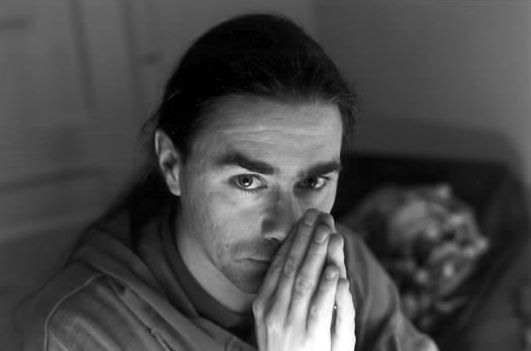[CD]
Various — New Music for Electronic & Recorded Media: Women in Electronic Music 1977 (1997)
New Music for Electronic & Recorded Media: Women in Electronic Music — 1977
Composers Recordings, Inc. (CRI) [CD 728], 1977, 1997
This recent compact disc from Composers Recordings, Inc., New Music for Electronic & Recorded Media, was originally released on the now defunct label 1750 Arch Records in 1977 and was compiled and produced at that time by Charles Amirkhanian. It represented, in 1977, the first commercial release of music by the majority of the composers included on the compilation. Its re-release serves as a historical document of electronic music practices in the mid-seventies as well as a point of reference for the music still being produced by a number of these composers. The music in this collection covers many of the concerns of composers in the seventies: eastern spirituality, the relationship of indigenous musics to rock and roll, the role of communications in society and art, as well as confrontation or extension of many of the pursuits of the avant-garde of the sixties. A welcome inclusion in this retrospective is the voluminous and well-written original liner notes from the 1977 LP with an added foreword, once again by Amirkhanian.
The first work on the disc, Music of the Spheres (1938) by little-known American composer Johanna M. Beyer (1888–1944), has a Scelsi-like aura about it commencing with growling rasps (originally scored for lion roar) and then evolving into hovering sonorities that softly undulate for the remainder of the 5:59 duration of the work. This composition, perhaps one of the first to be scored for electronic instrumentation, was originally conceived as part of a theatre work and was written for “three electronic instruments or strings.” It was performed for this recording in 1977 by The Electric Weasel Ensemble, which boasts such distinguished members as Allen Strange, Brenda Hutchinson, Donald Buchla and Amirkhanian himself performing on Music Easel Synthesizers, live frequency shifting and triangle.
Annea Lockwood’s World Rhythms (1975) is an environmental sound work that combines the rhythmic characteristics of stuttering motors, waves, birds and an infrequently stuck gong. The discrete splitting of materials between left and right stereophonic channels renders a sense of dislocation to the sounds.
Pauline Oliveros’ Bye Bye Butterfly (1965) provides a glimpse at an early Sonic Meditation piece by this renowned performer and composer (Audio 1). Buzzing electronic glissandi, processed choir and operatic soprano combine with Oliveros’ distinctive real-time tape delay collage style to create a singular ambiance and discourse between the electronic and operatic materials.
Appalachian Grove I (1974) by Laurie Spiegel is a bouncing electronic version of her interest in banjo and fiddle playing full of hocket-like textures and borne eagerly forward by infectious rhythmic patterns. The work is one of several pieces created by Spiegel using Max Matthews’ GROOVE programme to provide computer control of analogue sources at the Bell Labs facility during the early seventies.
Megan Roberts’ I Could Sit Here All Day (1976) presents a primal example of some of the fringe activities of the seventies’ art rock scene. Incessant drumming combines with nonsensical background utterances, cries and chanting, as well as with infrequent interjections of electronic buzzes, twitters and oscillations. This music gravitates towards aspects of trance and meditation despite (or due to?) the guttural vehemence of the vocalizations.
Points (1973–74) by Ruth Anderson is a sine tone study in which slowly varying timbral density and character, intermittent beating between adjacent frequencies and a generally calm sense of evolution and shaping produce sonorous veils that drift gracefully in and out of focus.
The two works New York Social Life (1977) [Audio 2] and Time to Go (1977) were the first works recorded and distributed commercially by the young Laurie Anderson via this 1977 compilation. They demonstrate the roots of the streetwise approach to text and the poetics of sound collage that she has nurtured and maintained in her more recent commercially successful work. The nonchalant, yet intense, declamatory style, coupled with interlocking patterns of guitar and violin, chart out a personal sonic identity.
There are no extended examples of these composers’ work on this reissue as the original was limited due to the limitations of two-sided vinyl and the decision to release it “as it was” in 1977. Therefore, instead of being convinced of these composers’ statements and styles, we are merely tantalized. Fortunately, there are many other recordings by most of these composers available for those who wish to investigate more thoroughly.
9 March 1998

Biography
Canadian composer Laurie Radford has written music for a variety of chamber ensembles, orchestra, choir, percussion, electroacoustic and interactive media. His music has been performed and broadcast throughout Canada, Europe and South America and several of his works are available on the electrocd.com and McGill Records labels. He presently teaches electroacoustic music techniques and composition at McGill and Concordia Universities in Montréal. [1998]
http://scpa.ucalgary.ca/profiles/laurie-radford
Social top